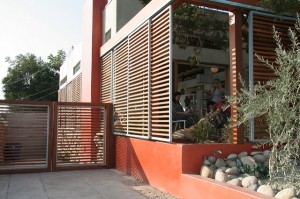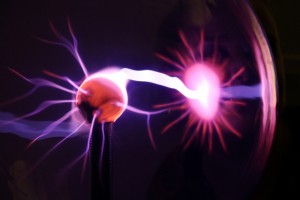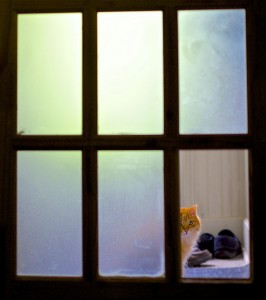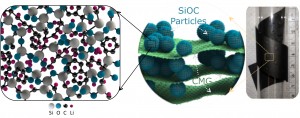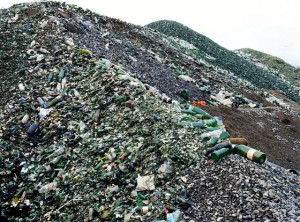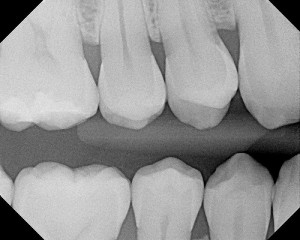Solar energy hits the road
Route 66 evokes images of open road, but this stretch of America’s past may be making some new history in Conway, MO. A local rest stop there is being retrofitted with about 50 glass solar panels, but these collectors won’t be mounted on a roof. Instead, they’ll be embedded in the sidewalks around the rest stop. The goal is to provide all of the rest stop’s energy.
The experiment is part of a plan by an Idaho company called Solar Roadways. If the sidewalk test passes muster, the panels will be shifted to the parking lot, then to the entrance and exit ramps leading to the highway. The Solar Roadways panels heat themselves, so there’s no need to provide winter maintenance. They also have lights that can be configured to display lane markers and inform drivers about road conditions ahead.
The road ahead for solar highways isn’t going to be easy. The panels will have to prove their mettle when it comes to traction, weight, weather and temperature – all of the elements that go into making potholes on current road surfaces. Even if the proof-of-concept project survives, it would also have to overcome the fact that solar panels in the roadways are expensive – much moreso than standard cement, asphalt and other traditional paving materials.
Other companies are also experimenting with solar surfaces for roadways, roofs and other structures in various locations around the world. The goal is to develop materials that are both durable and productive. The cost of the solar road panels could be offset by tolls, or by transferring excess energy generated by the panels to the grid.
According to the company website, the solar glass panels are tempered, and are strong enough to support the weight of a semi-truck. The glass also has a roughened surface that gives it as much traction as asphalt. Each full-sized glass panel can generate about 48 watts of power, using about 4.5 square feet of space. The panels are hexagonally shaped.
In addition to the installation in Conway, MO, the company is also working on a public installation in Sandpoint, ID, Solar Roadways’ hometown.
Glassprimer™ glass paint is a specialized glass coating that bonds permanently to glass surfaces. GlassPrimer also makes a glass surface molecular activator that is designed to work with UV-inkjet glass printing processes. For more information about Glassprimer™ glass paint, please visit the rest of our site. If you’d like to purchase Glassprimer™ glass paint, please visit our online store
Photo Credit: Solar Roadways



